[ad_1]
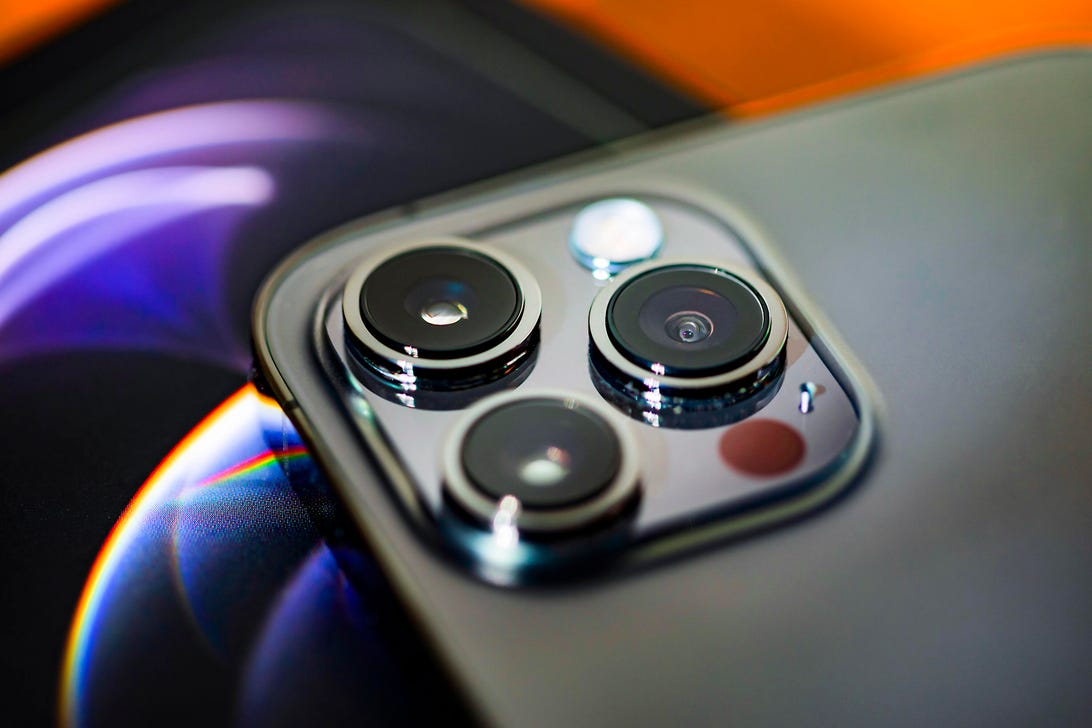
What features will the next iPhone include?
James Martin/CNET
Every year at this time, there are an ever-increasing number of rumors about the next iPhone, and 2021 is no exception. Along with the Spring Loaded event Apple held on April 20, rumors about the next major iPhone are rampant. The iPhone 12 family is six months old and yet there are already a plethora of leaks and speculation about the next iPhone, which may be known as the iPhone 13. (Or it could be the iPhone 12S, or just the “iPhone” like the fourth-gen iPad. Maybe it will be the iPhone 21 because it’s 2021?)
I gathered the newest and most persistent rumors about the iPhone 13’s cameras, specs and features (and we’ve got more intel on the iPhone 13’s rumored cost, a potential release date and how the iPhone 13 might compare to the iPhone 12) and figured out what the iPhone 13 needs in order to be a success. Consider this an iPhone 13 wish list.
And just to be clear, these are rumors and leaks. Nothing is for certain until Apple formally announces it. Some of these rumors are from the past month. Others are several months or even years old and keep rising back to relevance.
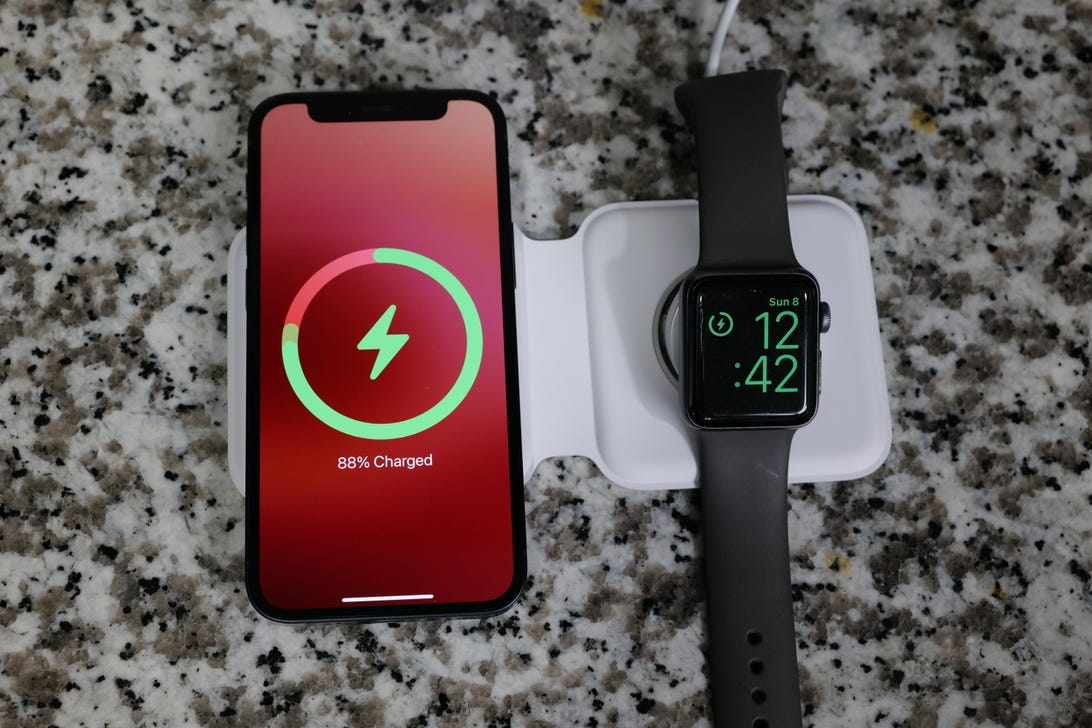
The next iPhone could have a bigger battery and maybe a longer battery life.
Patrick Holland/CNET
iPhone 13 might get a bigger battery
The first rumor is that the iPhone 13 will get a bigger battery. iPhone 12’s battery life is good. In use, both the iPhone 12 and 12 Pro lasted a day without problem. In our battery test with looped video playing in airplane mode, the 12 Pro lasted 15 hours and 56 minutes; the iPhone 12 lasted 17 hours and 14 minutes.
But it’s far from the best battery life we’ve seen. The Samsung Galaxy S21, with its 4,500-mAh battery, lasted 18 hours and 3 minutes in the same test. The Galaxy S21 Ultra and its 5,000-mAh battery lasted 22 hours and 57 minutes. And both of those phones have a high refresh rate display, which can tax the battery even more.
While Apple never reveals the capacity of the batteries inside the iPhone, sites like iFixIt, which sells kits to replace batteries, show that both the iPhone 12 and 12 Pro use a 2,815-mAh battery. What’s brilliant is Apple gets so much life from that small battery purely through the efficiency on its A-series processors and iOS.
Now imagine applying those efficiencies to a larger physical battery. This is a rumor that I hope is true and think the next iPhone needs. I mean, who doesn’t want better battery life?
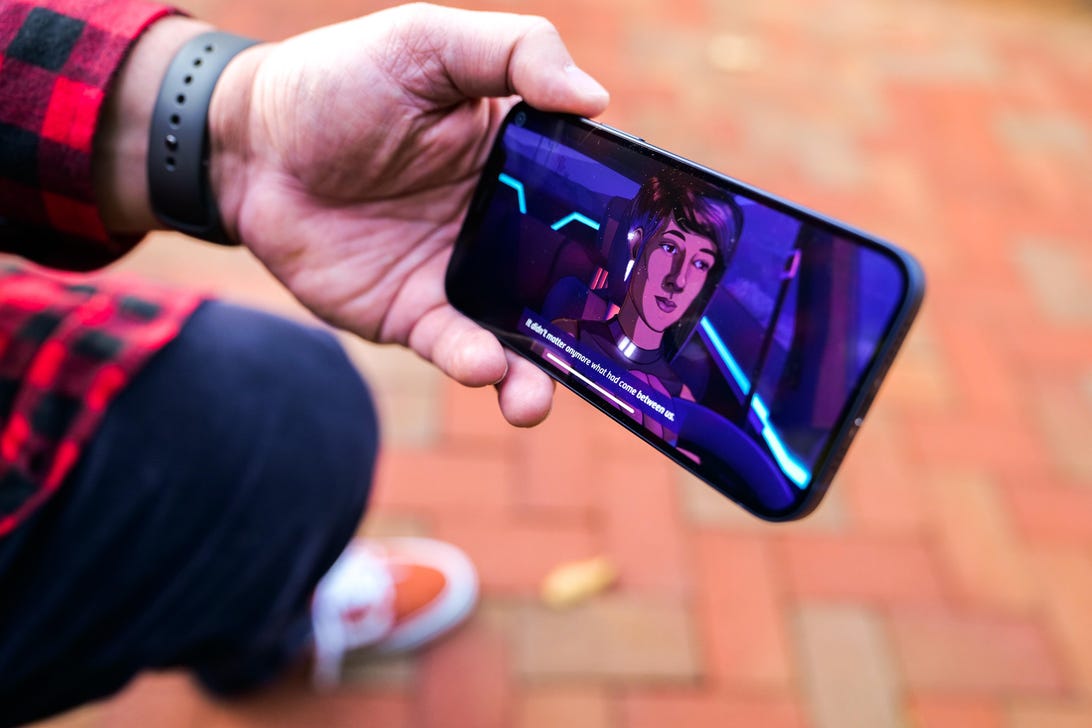
The next iPhone is rumored to have a high refresh rate screen which could bode well for making those Apple Arcade games look even better.
Patrick Holland/CNET
Pro Motion could come to the iPhone 13’s screen
Since 2017, the iPad Pro has had a 120Hz refresh rate. Now that panel is an LCD, but rumors point to the iPhone 13 getting a high refresh rate OLED. For years, many of us longed to see this feature on an iPhone. There are numerous phones at different price points that have a high refresh rate screen like the $300 OnePlus Nord N10 5G, which has a 90Hz display. The new $800 Galaxy S21 and $1,200 S21 Ultra each have a 120Hz display. Last week, Asus launched the ROG Phone 5, which has a 144Hz screen. And last month, the RedMagic 6 phone was announced with a 165Hz screen. For comparison, the iPhone 12 has a 60Hz screen.
Why do you need a high refresh rate? Simply, it makes everything look better. That sweeping generalization aside, animations and graphics look sharper, motion blur is reduced, games (especially those designed for high refresh rate screens) seem more immersive and vivid. Think about how great 120Hz Apple Arcade games could look.
The next iPhone needs a 120Hz screen, at least the “Pro” models do. It would be another “Pro” feature that helps distinguish the higher end iPhone Pro models for the regular and mini version.
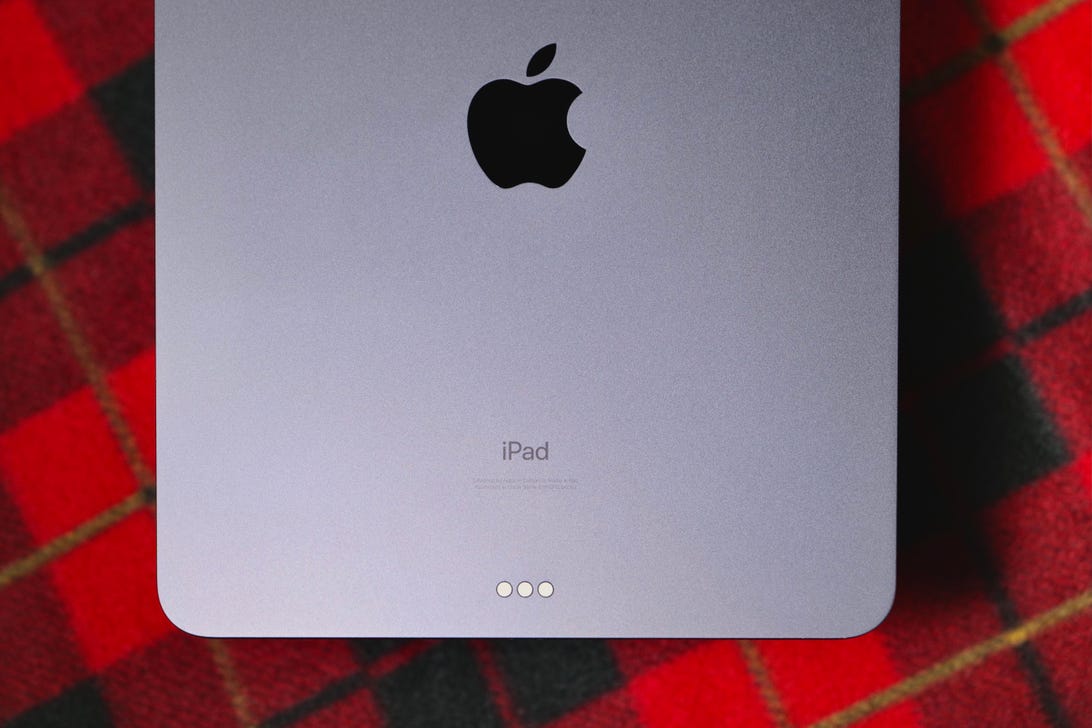
If there was an iPhone without a port, could something like the smart connector contacts from the iPad Pro be the way to charge it?
Patrick Holland/CNET
There are new rumors that the “Pro” models will get LTPO displays. LTPO stands for low-temperature Polycrystalline oxide. Essentially, an LTPO display can change between refresh rates on the fly without the need of extra display hardware. The Galaxy S21 Ultra released in February uses an LTPO display, which Samsung claimed allowed it to be brighter without using more power.
The next iPhone might not have any ports
There is a persistent rumor that the iPhone 13 won’t have a Lightning port. Ever since Apple got rid of the headphone jack back in 2016 with the iPhone 7, people speculated that Apple would one day make a completely portless phone. In December, reliable rumor-spreader Ming-Chi Kuo asserted that Apple would release an iPhone in 2021 without a port.
Apple’s launch of MagSafe charging on the iPhone 12 makes it easier to imagine such a port-free future. However, in its current form, MagSafe charging tops out at 15 watts. Compare that with the 20-watt charging you get with a lighting-to-USB-C cable and wall charger. OnePlus has a wireless charger called the Warp Charge 30 that can charge at 30 watts.
Not only would the next version of MagSafe need to be more powerful to be a reasonable replacement to a physical charging cable, but Apple would also need to solve for some of the data sharing that the Lightning port currently affords. Perhaps Apple is hoping 5G, Wi-Fi 6, Bluetooth 5.0 and its U1 ultrawideband chip are those data-sharing replacements? Or maybe there would be a version of MagSafe with a Lightning port dongle? Who knows?
Apple could build into the next iPhone something like the smart connector found on the current iPad Pro. While the USB-C port on the iPad Pro gets all the attention, on the back of the iPad are three flat metal contacts. When you use the Magic Keyboard accessory with the iPad Pro, it connects to the iPad via the smart connector and magnets. You can even plug in a USB-C cable into the side of the Magic Keyboard to charge the iPad Pro. Most days during the pandemic, I pretty much used the Magic Keyboard to charge my iPad via the smart connector.
Maybe there will be “Smart MagSafe” charging on the next iPhone? Even if this rumor is true, removing the last iPhone port isn’t something Apple needs to do, at least right now.
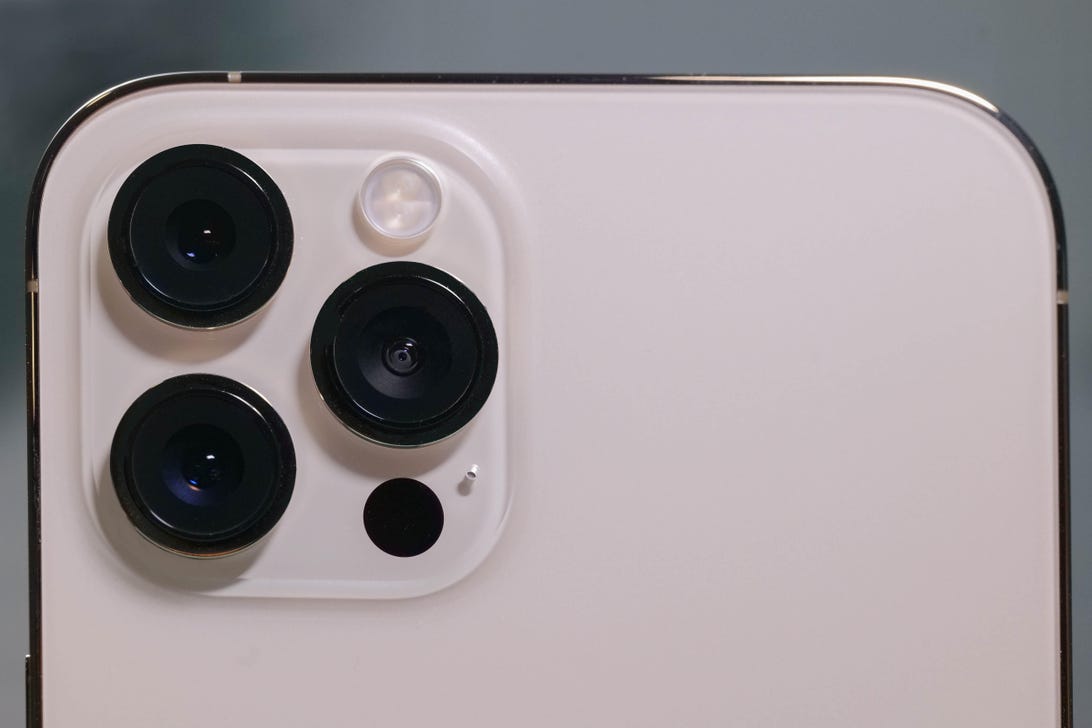
Rumors point to new camera hardware across all four iPhone 13 models and the regular Pro model getting cameras on par with the Pro Max version.
Patrick Holland/CNET
New cameras could come to the next iPhone
The biggest feature and biggest rumors revolve around the cameras on the iPhone. And there is a bunch of rumors pointing to new lenses, new camera sensors and a wider adoption of sensor-based stabilization across the iPhone line up.
Currently, the iPhone 12 Pro has the same selfie, wide and ultrawide cameras as the iPhone 12 and 12 Mini. The Pro does have a 2x telephoto camera, but it’s not the same as the 2.5x one on the iPhone 12 Pro Max. The iPhone 13 Pro could get a larger sensor for its wide camera. This rumor doesn’t indicate whether it will be exactly the same as the one on the iPhone 13 Pro Max or not. But the larger sensor could incorporate sensor-based stabilization, which is currently only on the iPhone 12 Pro Max model.
The iPhone 13 Pro is also rumored to get the same or similar telephoto camera as the 13 Pro Max. All that means is that the next regular “Pro” model will be closer to the Pro Max model. Whereas this year, the 12 and 12 Pro are exceedingly similar.
There are a few rumors about a new ultrawide camera either on the iPhone 13, or iPhone 14. (Yes, there are already rumors about the next next iPhone!) The ultrawide camera on the 13 might get better low-light performance and a faster aperture lens. Currently, the lens on the ultrawide is f2.4, but the new lens could be f1.8, which certainly would help toward improving low-light performance.
In terms of camera hardware, the iPhone 13, especially the regular Pro model, could use these rumored upgrades.
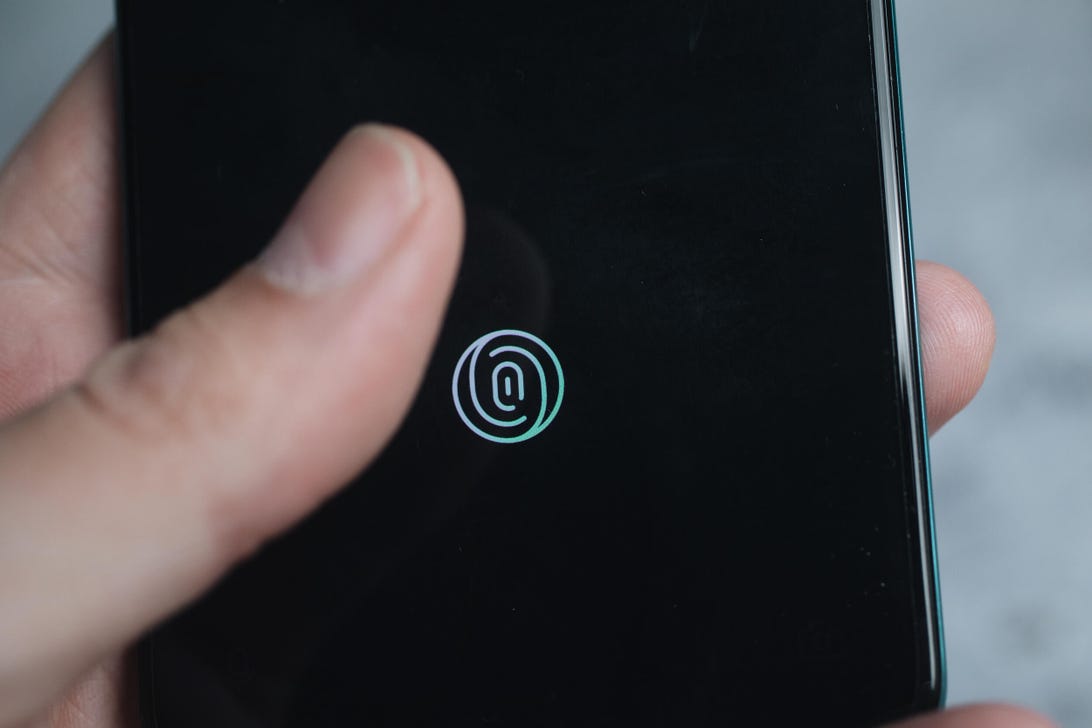
An in-screen fingerprint scanner could solve our iPhone Face ID woes.
Andrew Hoyle/CNET
Touch ID could return to the iPhone
The iPhone 13 could get an under-the-display fingerprint reader. Since the first Android phone came out with an in-screen fingerprint reader, people speculated that an under-the-display Touch ID sensor would be a way to alleviate the frustration some get using Face ID (and this was before the pandemic made face masks an everyday thing).
Currently, Android phones have two types of in-screen fingerprint sensors. There are optical in-screen sensors found on phones like the OnePlus 8T and Motorola Edge Plus. Then there are ultrasonic fingerprint readers by Qualcomm on phones like the Galaxy S21 series.
If the iPhone 13 gets an in-screen fingerprint reader, it’s not clear whether this would replace Face ID or be in addition to it. The rumor also suggests along with a 2019 patent illustration Apple filed that the iPhone could be unlocked with a fingerprint touch anywhere on the screen instead of the single sensor location on Android phones.
If Apple could get ultrasonic sensors to a point of reliability, ease of use and dependability like the old-school Touch ID sensor found on the iPhone SE, it’s not hard to imagine them on an iPhone. And if Touch ID is paired with Face ID, you could have more ways to secure and access your phone. Having an alternative biometric security measure is something the iPhone needs.
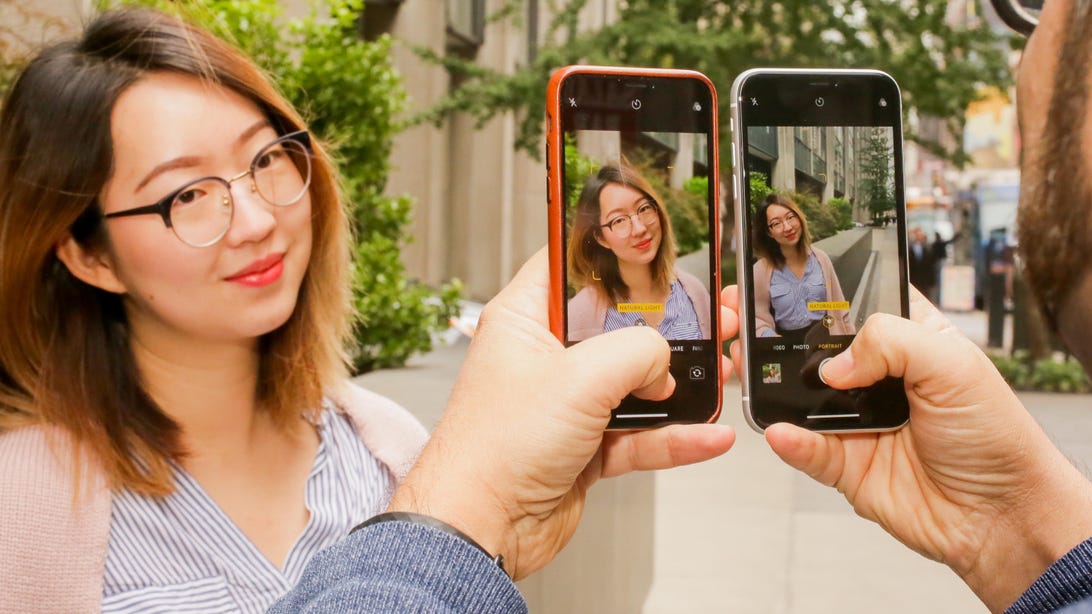
There could be a video version of portrait mode on the iPhone 13.
Sarah Tew/CNET
The iPhone 13 could shoot portrait mode video
The next iPhone could record portrait mode video. You might be familiar with portrait mode, which lets you take a photo and give the picture an artist blurry background. The idea is it replicates what a larger sensor mirrorless or DSLR camera can do with a fast aperture lens. On the iPhone, portrait mode is limited to just photos. But currently, there are several Android phones like the Samsung Galaxy line that can record portrait mode video (or live focus video), which blur out the background while leaving your subject in focus. In my experience, the results are very hit-or-miss.
It’s exciting to think what Apple could do with portrait mode video and how it handles all the processing needed to separate the foreground and artistically blur the background. The rumor also points to the ability to change the depth of field (the amount of background that is blurred) after the video is already shot. It would be especially cool if it also included Apple’s portrait lighting looks and the ability to change those up after the fact. Though as fun as portrait mode video would be, it’s not something the iPhone needs.

The Pixel 4 was the first phone with a hidden astrophotography feature in its Night Sight mode. It uses computational photography and long capture times to capture shots like this of the Milky Way.
The iPhone 13 might get better at astrophotography
The last rumor I want to highlight is another camera feature. The iPhone 13 might get a better astrophotography mode. Currently, you can mount the iPhone on a tripod and, in the darkest conditions, extend the night mode capture to up to 30 seconds. Under the right sky and weather, you can capture a decent photo of a starry sky. But when you see what the Google Pixel can do in terms of astrophotography, it leaves a lot to be desired on the iPhone.
If this rumor is true, maybe astrophotography still gets activated in night mode, but you can extend time more than 30 seconds or use computational photography to capture a better night sky or moon? This could be another feature that lives only on “Pro” models like the way Apple ProRaw currently does. This is definitely not a needed feature, but a nice one to have one.
For more on the next iPhone, read our iPhone 13 rumor roundup.
[ad_2]
Source link
